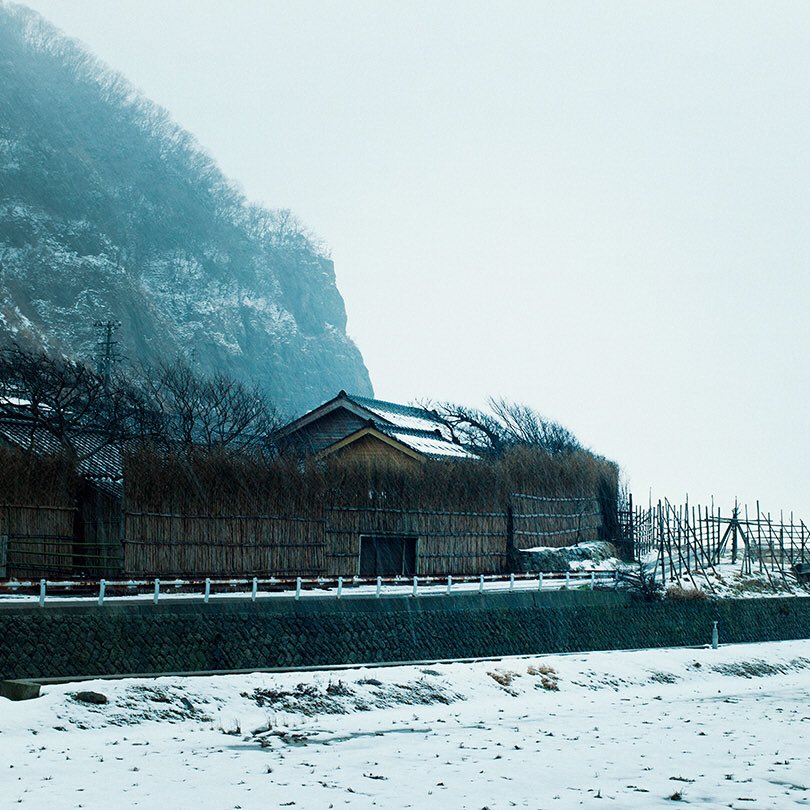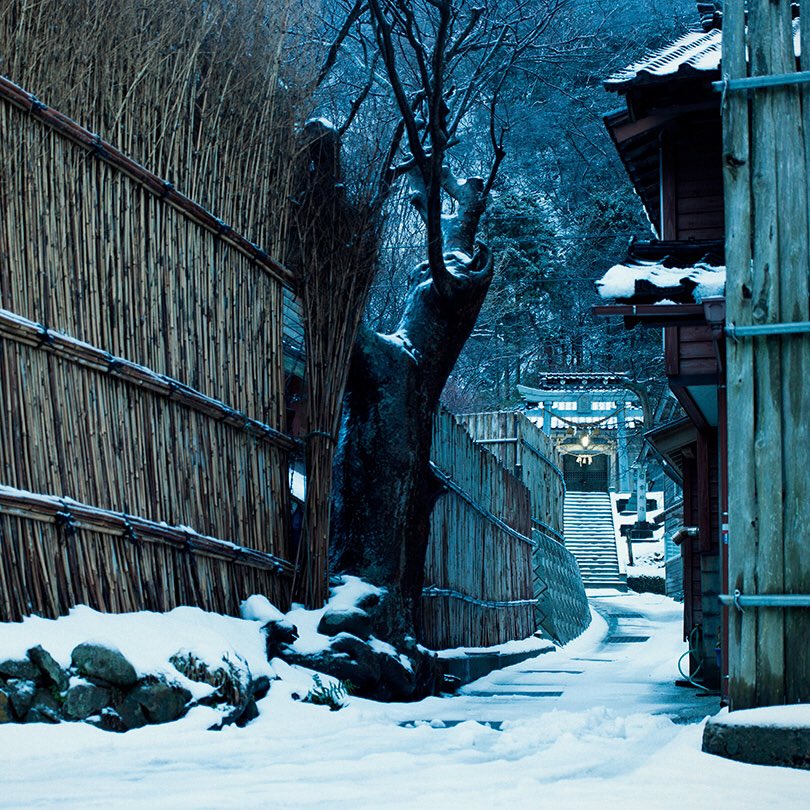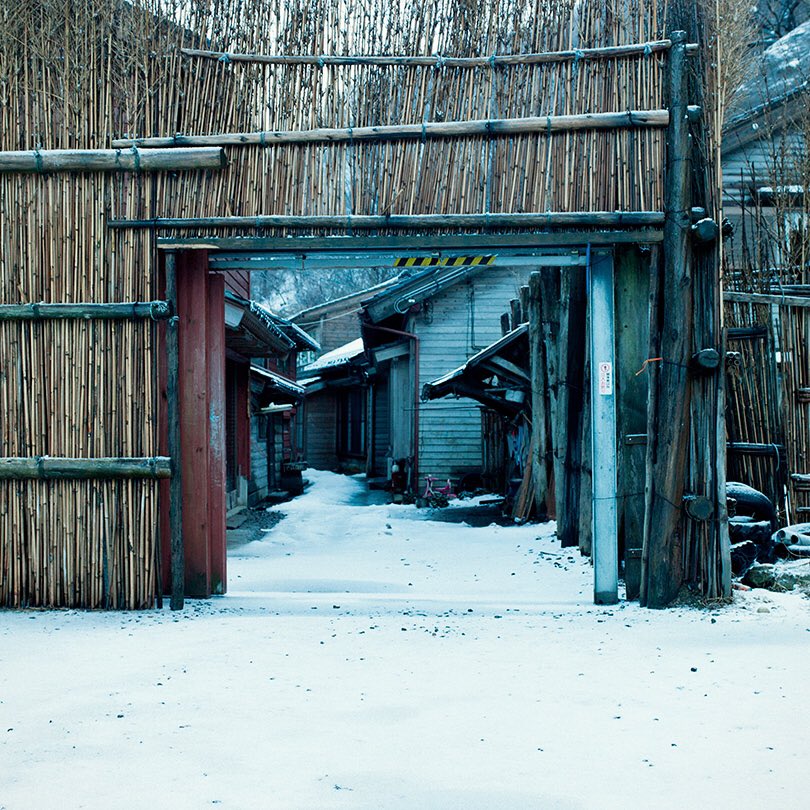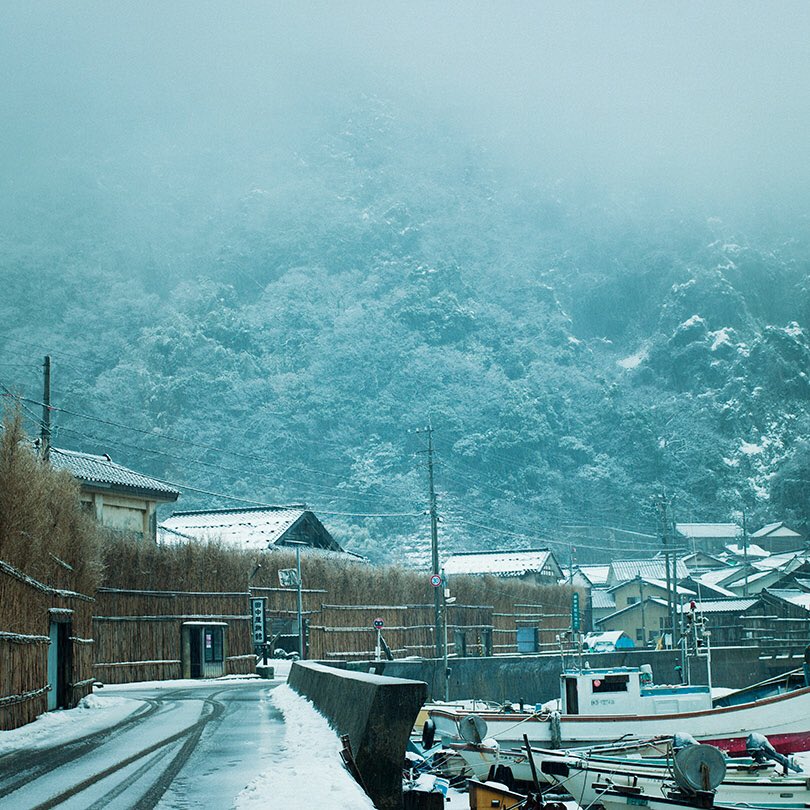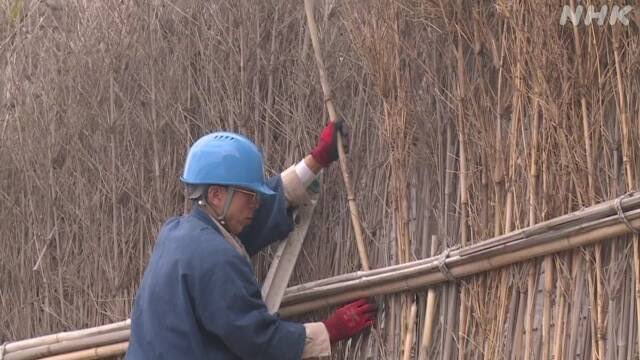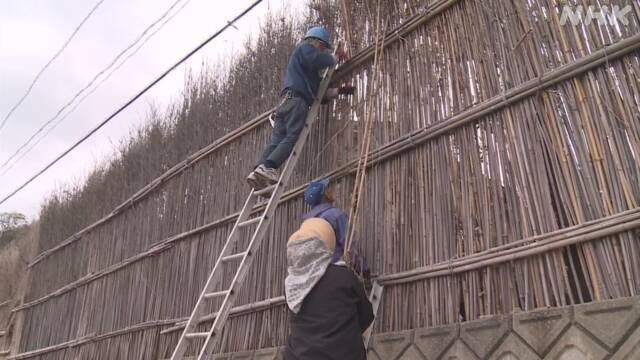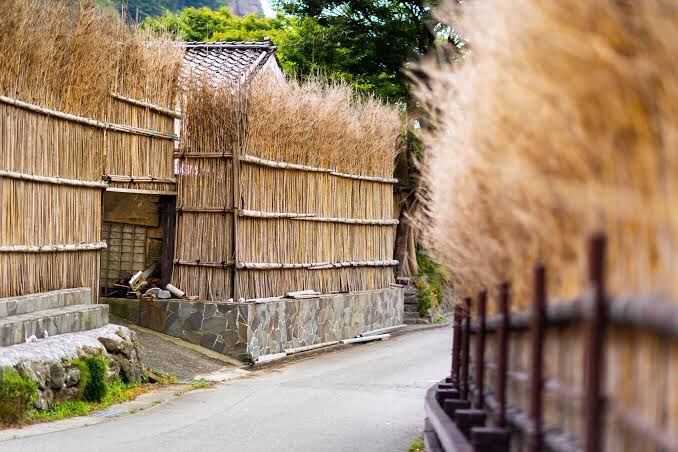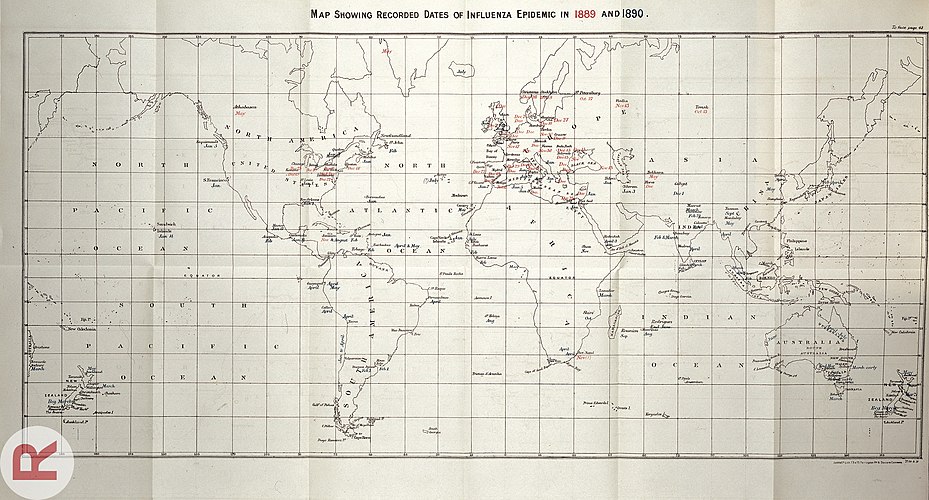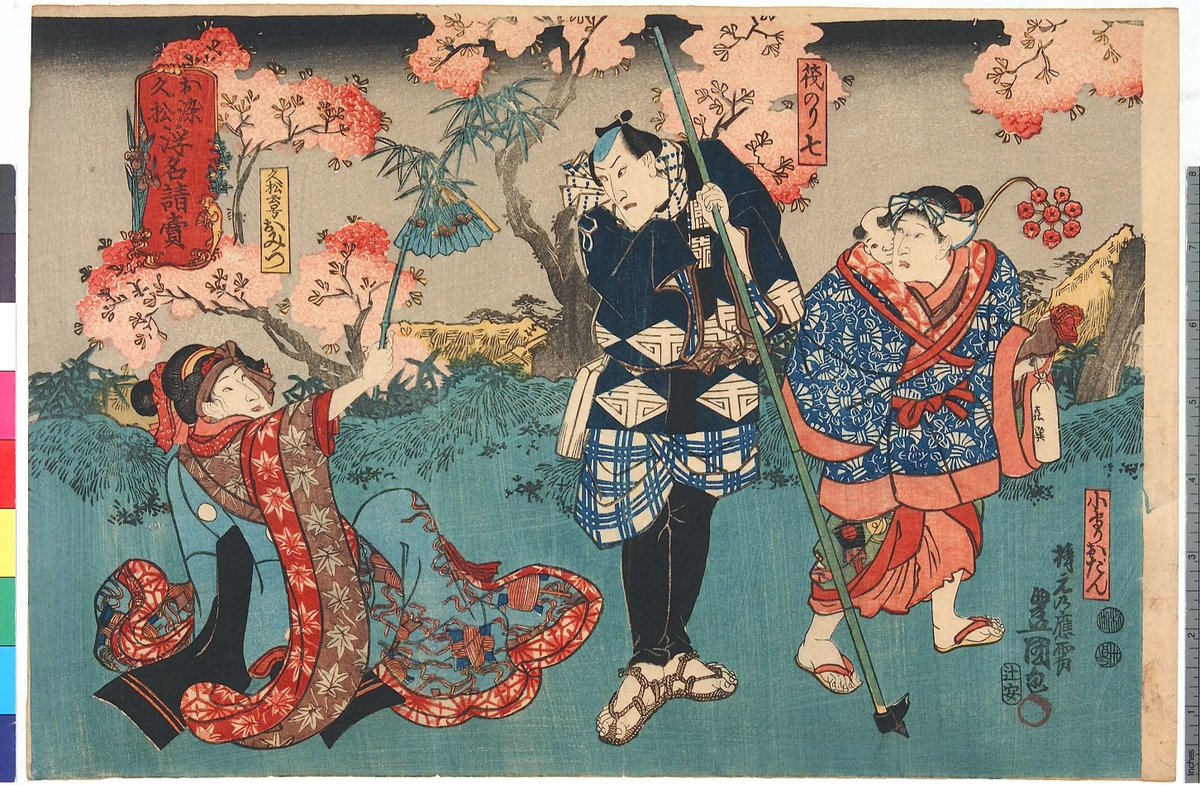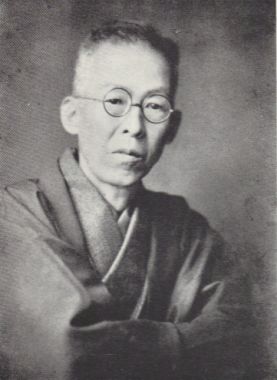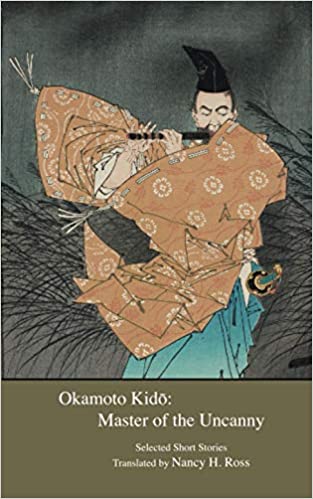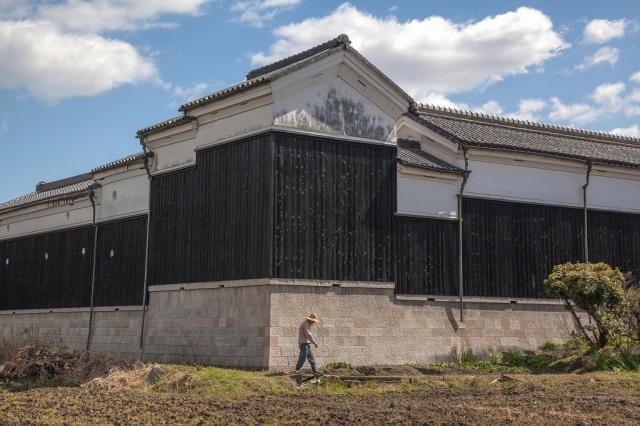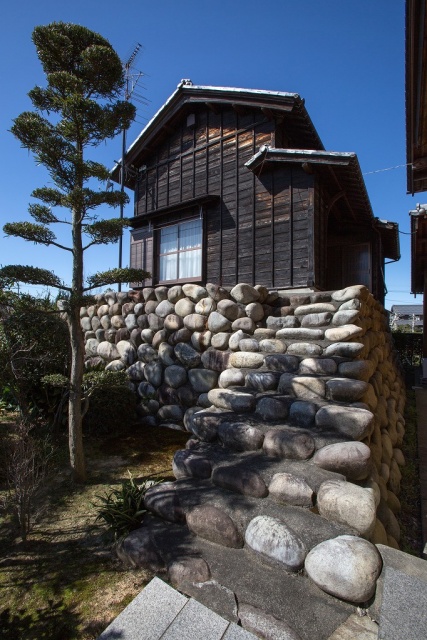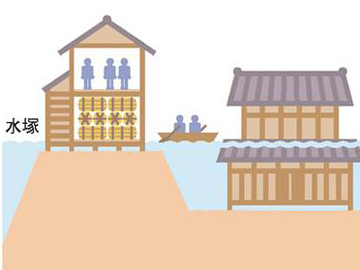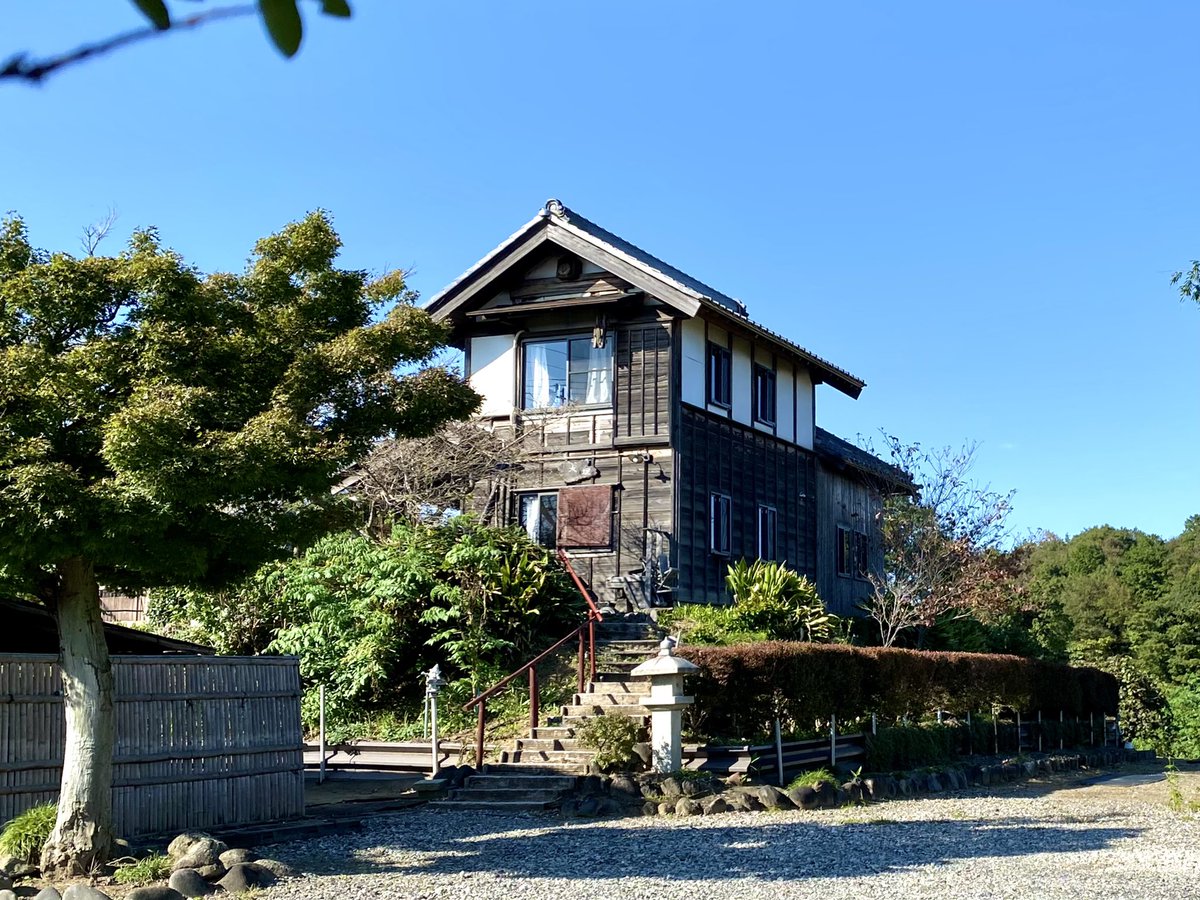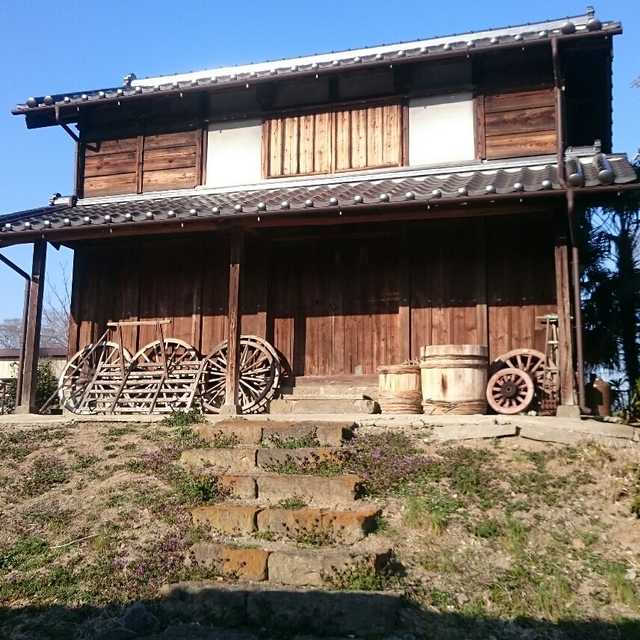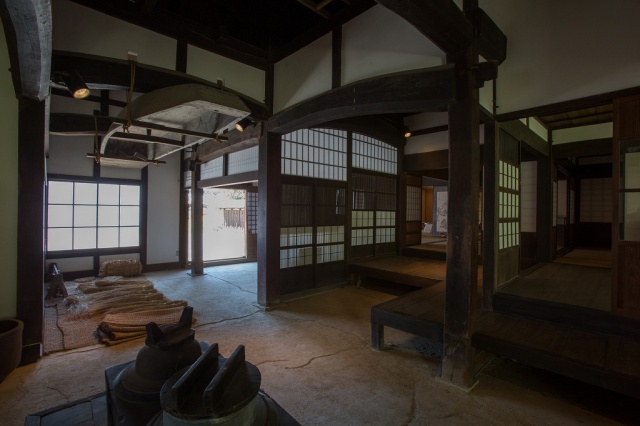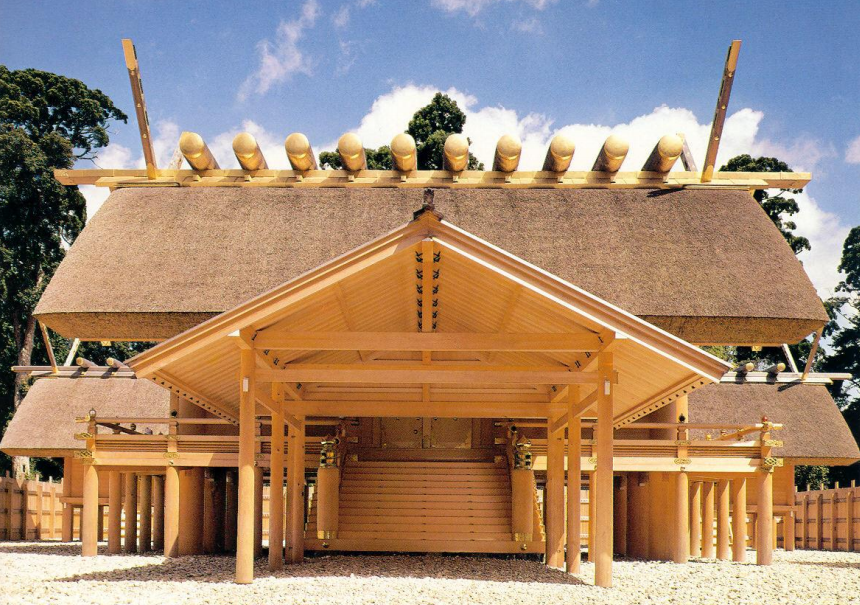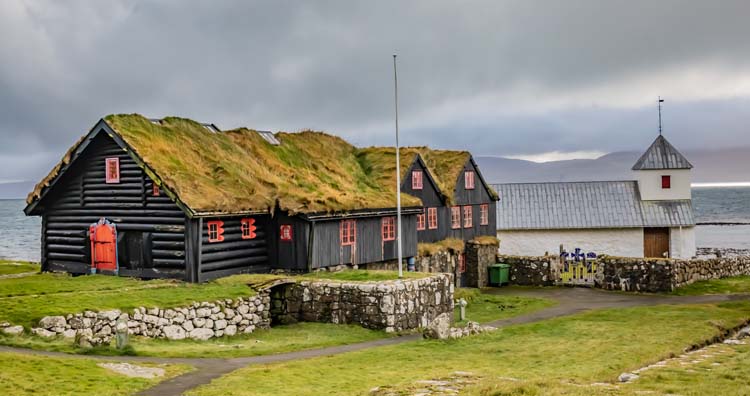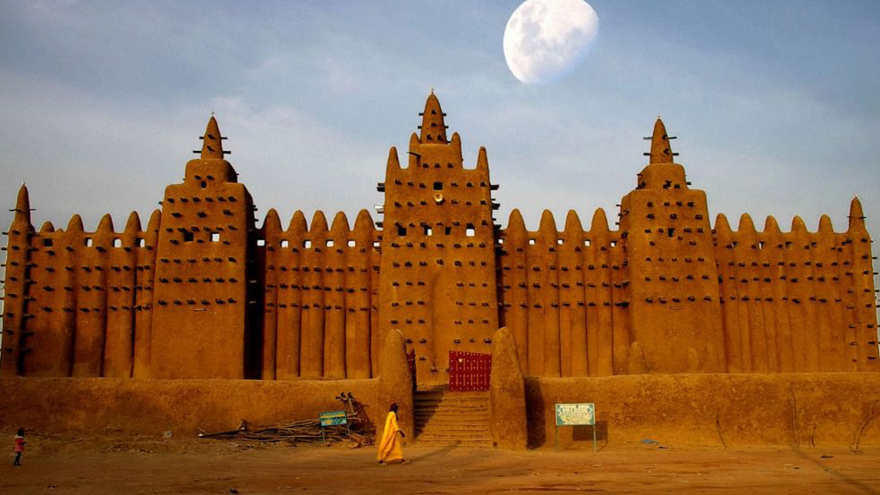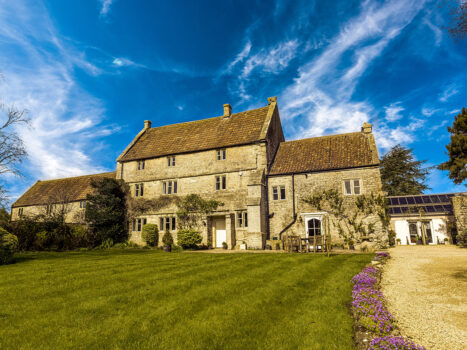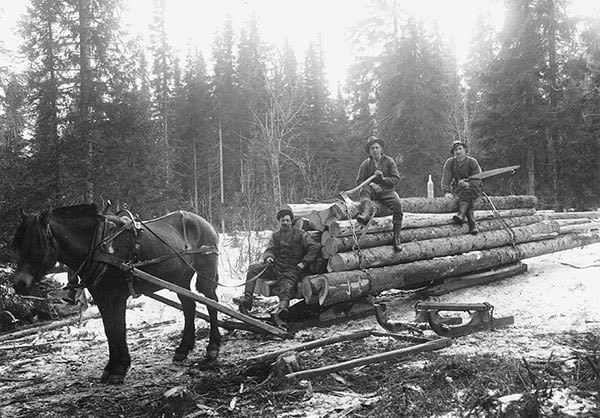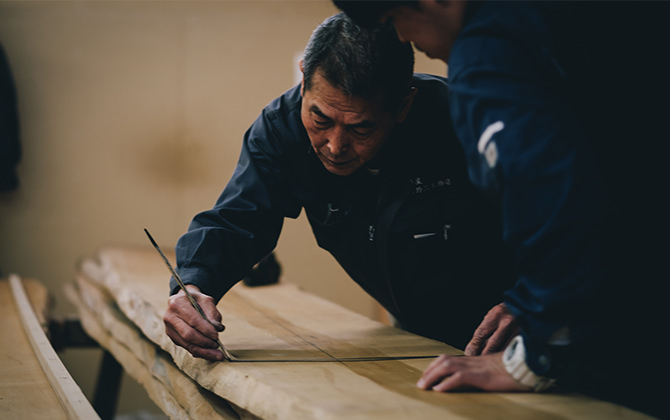
Kitayama Village is probably the most amazing village in Japan that most people have never heard of. Population is a mere 432, 97% forest, it is the only place in the world that grows the citrus fruit known as Jabara, which contains unique natural anti-inflammatory compounds. 

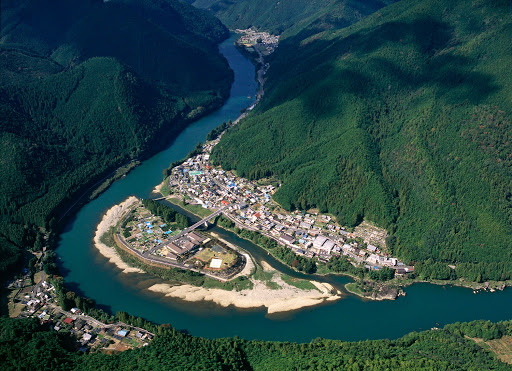

That this fruit even exists is a miracle. When the feudal system was abolished in 1871, the isolated village was forgotten and ended up an enclave between Nara and Mie Prefectures. The villagers promptly decided to join Wakayama Prefecture, as that was where their market lay. 
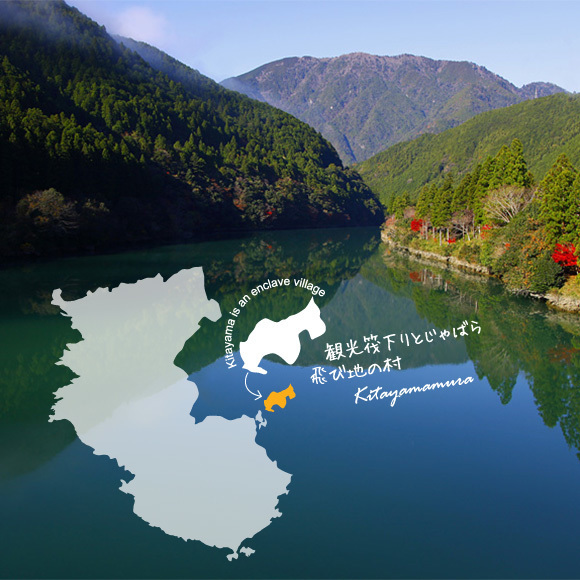
The forests surrounding the village is home to wild monkeys, who would conduct raids on the local orchards and fruit trees. Nothing was spared. Except one tree that grew an odd seedless yuzu-esque fruit that the monkeys for some reason hated. So the villagers started growing it. 

Locals noted that eating the fruit, and especially the peel, made them feel better during colds and other illnesses. In 1979 one farmer had the fruit officially registered, giving it a 25 year protected status. 



During this time the fruit became famous, because it turns out the natural anti-inflammatory ingredient worked wonders for alleviating the symptoms of pollen allergy, from which over 30 million Japanese suffer acutely of. Since, the village can not produce enough to cover demand. 

However, there is one big problem: This fruit is in season in November, but pollen allergy season starts in February, a mismatch. Hence, most of the fruit is processed, as powder, dressings, etc. Not ideal, but still about 60% of users report substantial alleviation of symptoms. 
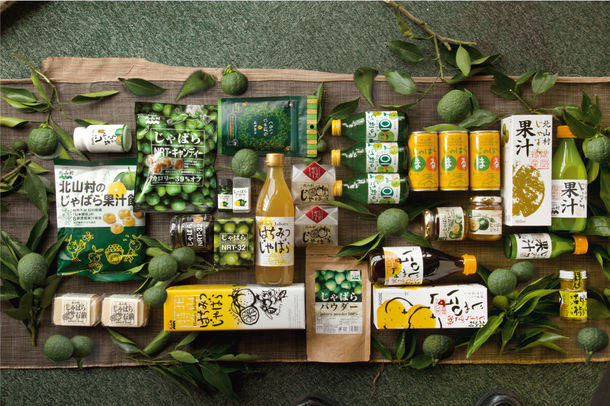
Moral of the story? Great things happen at borders. Great things come from the periphery. Small villages, ancient customs, biodiversity, even agriculture under distinctively local pressures (wild monkeys) can produce wonderful things. But the modern world only cares for the big. 

• • •
Missing some Tweet in this thread? You can try to
force a refresh





